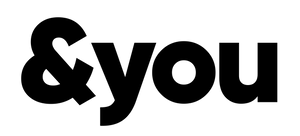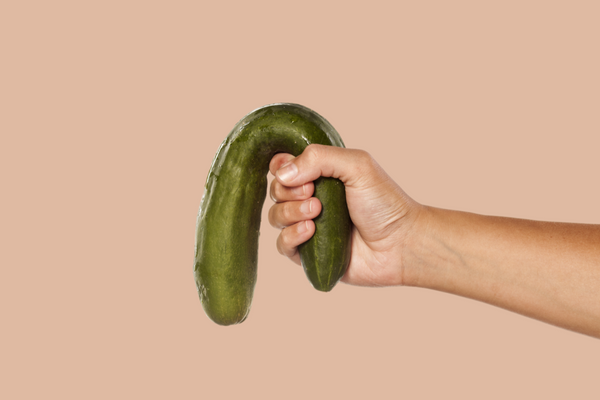If you've ever taken a closer look at a hair strand you just shed, you might have noticed a tiny, bulb-like shape at the end. That’s what’s known as club hair—a completely normal phase of your hair’s growth cycle, but one that can also signal something more when you’re shedding too many at once. Hair loss is a growing concern among Filipinos, from those in their 20s noticing early thinning to older adults trying to maintain what they have left. But not all hair shedding is a sign of balding. Some of it is simply your body doing its job. That’s where understanding club hair becomes important.
Understanding Club Hair
Club hair refers to a hair strand that has reached the end of its natural life cycle. It’s called a "club" because the root end is shaped like a tiny club—rounded, white or translucent, and slightly bulbous. This hair has stopped growing and is in the telogen phase, which is the resting stage of the hair cycle. At any given time, around 10–15% of your hair is in this telogen phase. That means seeing some club hairs when you shower, brush, or run your fingers through your hair is perfectly normal.
How club hair forms
Hair growth follows a repeating cycle of three main stages:
-
Anagen (growth phase) – lasts 2–7 years
-
Catagen (transition phase) – lasts around 10 days
-
Telogen (resting phase) – lasts about 3 months
During the telogen phase, the follicle stops nourishing the strand, and the hair is eventually shed, making room for a new strand to grow in the same follicle. When a club hair is shed, the follicle typically re-enters the anagen phase, continuing the cycle unless disrupted by illness, stress, or hormonal changes.
What it looks like
A club hair has a non-tapered, white, dry-looking root that’s easily distinguishable from hairs that break mid-shaft or are pulled out prematurely. You won’t see a follicle or any blood at the end, which means it wasn’t yanked out forcibly. In Filipino households, it’s common to worry when you see hair on the pillow or bathroom floor. But if the hairs have club-shaped ends, it may just be a normal part of hair renewal.
Is Club Hair Shedding a Problem
Some shedding is expected and healthy. Most people lose 50 to 100 club hairs per day. The problem arises when that number starts climbing, or when hair doesn’t seem to be growing back.
This could signal conditions like:
-
Telogen effluvium, often triggered by stress, illness, or post-partum changes
-
Androgenetic alopecia, a genetic form of hair thinning
-
Poor scalp health, possibly from product buildup or chronic inflammation
An increase in club hair without visible regrowth could mean your follicles are staying in telogen longer than they should. This condition may be temporary, but persistent shedding needs a closer look. The National Institutes of Health (NIH) in the Philippines notes that lifestyle factors—such as poor diet, sun exposure, and lack of scalp care—can aggravate these patterns. Combined with common stressors like long commutes, irregular schedules, and urban pollution, your hair may be showing you it's time for some TLC.
What Affects Club Hair Shedding
Several factors influence how many club hairs you lose and whether they grow back properly:
Stress and lifestyle
Stress from work, family, or sudden life changes can disrupt your hair’s growth cycle. The impact may not be immediate—you could see more club hair shedding 2–3 months after a stressful event. Sleep deprivation, nutrient deficiencies, and yo-yo dieting also play a role. Studies from Harvard Health and PubMed show that low levels of iron, vitamin D, or protein can increase telogen shedding. If your lifestyle includes irregular meals or frequent fast food, it may be time to reassess your nutrition.
Hormonal shifts
Filipinas often experience a spike in shedding after childbirth, known as postpartum telogen effluvium. The sudden drop in estrogen after delivery pushes more hairs into the telogen phase, leading to noticeable club hair loss around 2–4 months postpartum. Other triggers include stopping or starting birth control, thyroid disorders, or entering perimenopause.
Scalp inflammation
If your scalp is itchy, flaky, or overly oily, inflammation may be affecting your follicles. Conditions like seborrheic dermatitis or scalp psoriasis can prolong the telogen phase. In humid cities like Manila or Cebu, sweat and pollution worsen buildup. Choosing the right scalp care products matters—especially ones suited for tropical climates. Medical sources like the Cleveland Clinic highlight how inflammation can silently affect scalp health over time.
Harsh hair practices
Excessive styling, frequent bleaching, or tight hairstyles can stress follicles and cause premature telogen shedding. Wearing helmets for long periods, which many Filipino motorcyclists and delivery riders do, traps heat and moisture that can irritate the scalp. Switching to less abrasive habits and using protective sprays or leave-ins can make a difference. You can learn more about scalp-friendly routines in our haircare guide.
Addressing Excessive Club Hair
If you're seeing a lot of club hairs every day and noticing visible thinning, take action early. Here’s what can help:
Scalp and haircare reset
Start with a scalp-focused routine. Use a gentle exfoliating shampoo once a week and avoid overwashing with harsh cleansers. Scalp scrubs with tea tree oil or salicylic acid may help unclog follicles.
Support regrowth with active ingredients
Topical minoxidil is a proven hair regrowth solution. It helps reactivate follicles that may be stuck in the telogen phase. A study published in the Journal of the American Academy of Dermatology found it effective in both men and women. Niacinamide, caffeine, and rosemary oil are also gaining popularity for improving scalp blood flow and reducing inflammation. Look for multi-tasking formulas that combine these ingredients to simplify your routine.
Improve overall wellness
Addressing internal factors can improve results. Consider a blood panel to check for deficiencies in iron, vitamin D, zinc, and ferritin. Supplements may be recommended if levels are low. Incorporate stress-reducing habits like exercise, journaling, or meditation. A well-balanced Filipino diet rich in protein, leafy greens, and seafood can support healthier hair. Health institutions also emphasize how lifestyle changes are critical to reversing hair loss.
Seek expert help when needed
If the shedding is excessive or accompanied by scalp pain or redness, consult a board-certified dermatologist. A simple hair pull test, trichoscopy, or scalp biopsy can clarify what’s happening. Filipino dermatologists are trained to identify local patterns of hair loss that may not fit Western models. Treatment plans may include topical medications, laser therapy, or lifestyle changes depending on the diagnosis.
Building a Healthier Hair Routine
Shedding club hair is part of your body’s natural rhythm, but it doesn’t have to catch you off guard. By understanding what’s normal, taking early action, and creating a haircare routine that supports your lifestyle, you can keep shedding in check.
-
Cleanse your scalp regularly without overwashing
-
Protect your hair from sun, heat, and friction
-
Nourish your body with balanced meals and adequate rest
-
Stay consistent with treatments, and give them time to work
Hair loss can be frustrating, but it’s also manageable with the right knowledge and support. For more tips, products, and expert-backed advice tailored to Filipinos, browse our collection of health guides or check out our hair regrowth medications to grow your hair and confidence back. With patience and smart care, you can navigate hair shedding without stress—and keep your strands thriving in every season.














